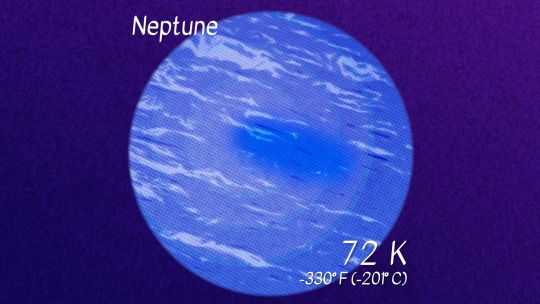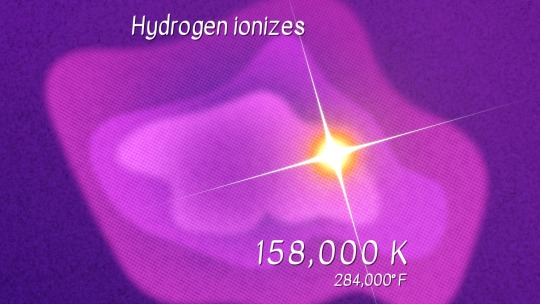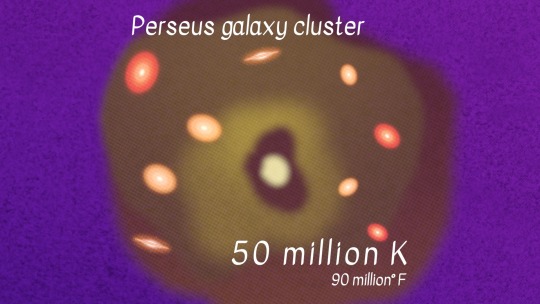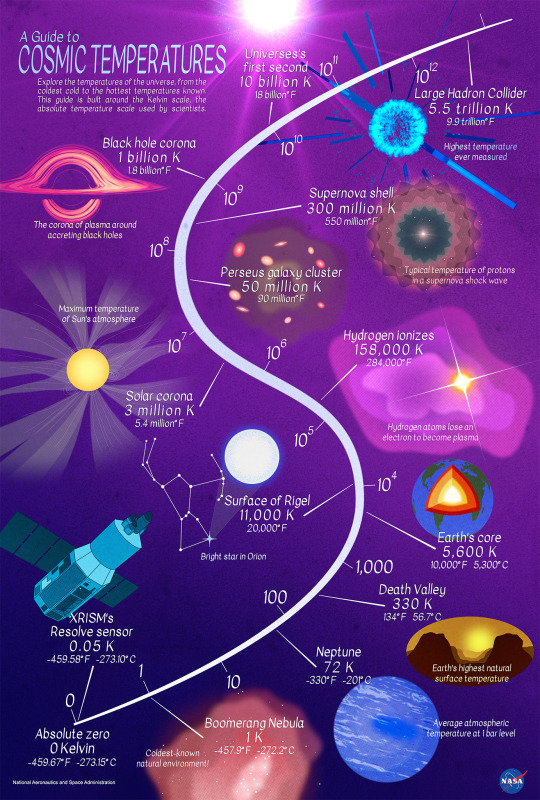#cold and hot
Explore tagged Tumblr posts
Text
Black...

... and white


Dead Poets Society (1989) dir. Peter Weir
And Then We Danced (2019) dir. Levan Akin
#seek similarities brain mode#strikes again#though there's no resemblance at all#black and white#cold and hot#death and life#life affirming#and then we danced#atwd#და ჩვენ ვიცეკვეთ#dead poets society#robert sean leonard#levan gelbakhiani#peter weir#levan akin#georgian movie#georgian culture#Papakha#gay movie#neil perry#merab lominadze
13 notes
·
View notes
Text
i cried for the first time in a while today
ive got none of the dopamine my friend has spoke of
theres nothing poetic about the tears on my cheek
it didnt feel freeing
nothing felt freeing
0 notes
Text
Personally I think that Azula should have been redeemed simply so that she can become Zuko's horrible little advisor who whispers evil little plans to him so that he can do the exact opposite
#the only reason she gets this job is bc he doesnt trust her anywhere else in the palace#its like enrichment for manipulative girls#also so that he can set her on asshole deligates like a rabid little lapdog#she just has mean fuckin pomeranian energy that thing bites then lights you on fire w flames so hot theyre cold#i think their sibling dynamic could be sooo fucking funny its insane#azula#azula atla#atla#avatar the last airbender#zuko#atla zuko#firelord zuko#DISCLAIMER I AM YET TO READ THE COMICS SO IDK WHAT HAPPENS TO HER IN THEM#also long overdue for a rewatch of the show its insane#fire hazard siblings
14K notes
·
View notes
Text
getting older can be so amazing? you get more familiar with yourself. learn tips & tricks for troubleshooting your own brain. trial & error helps you build routines that minimize discomfort, maximize reward. your preferences/interests don't get set in stone, but you do find out which ones are going to stay with you in the long-term, and which ones are fun but transient joys to appreciate in the moment.
you learn that the world is so much more complex than you were taught, and that that's okay, and that there's an endless supply of things you can learn or watch or experience or think about if you want to. if you're lucky, you loosen up, stop putting so much pressure on yourself. if you're lucky, you learn to recognize that negative inner voice, and whack it with a baseball bat until it hushes up. if you're lucky, you learn to treat yourself gently, not because you are fragile but because you are worthy of gentleness. (i hope you are lucky.)
and some things will change. some things will get better. some things will get good. and maybe you start to recover from the dehumanizing stress of childhood/education. maybe you learn the power of your own autonomy. maybe you learn how to walk away from bad situations (which is a superpower even if you don't realize it yet). and you get to choose your own clothes. and your own food. and which relationships to pursue! and what you do with your free time. and with your life (but don't worry you get to choose that gradually). and that's crazy! and sometimes scary. and extraordinarily, indescribably precious.
#not a shitpost#and as long as you are alive there will be another good moment waiting for you in the future#the profound joy of your favorite foods#the incalculable luxury of waking up and lounging in bed and falling back asleep#a cold glass of water after a walk in the hot sun#petting an excited dog. a cat rubbing up against your ankle. the sight of a confused chicken#glorious these beads we string together to form our own existence#getting older means time is passing. and i hope you are passing that time in ways that make you happy#i hope you have so many moments of joy that they can be as easily counted as drops of water in the ocean
15K notes
·
View notes
Text

good morning ☀️
#your mom#today is the first day in like three weeks that i didn’t wake up with that fuckin awful cold#gay#also we had a proper blizzard yesterday after like no snow yet this year#and it was magical#and then it rained this morning so it’s a mess outside but whatever#gay hot#gay bulge
10K notes
·
View notes
Text


some oakson doodles I forgot to post + grant, lark and sparrow
#dungeons and daddies#dndads#Henry oak#henry/darryl#oakson#darryl wilson#lark oak garcia#sparrow oak garcia#grant wilson#fanart#artists on tumblr#dndads fanart#dndaddies#woke up in a cold sweat the other night like. I haven't drawn hot Henry in a while.
2K notes
·
View notes
Text



wintersberg i drew during a stream
#ethan winters#karl heisenberg#wintersberg#resident evil#resident evil fanart#rebhfun#resident evil village#resident evil 8#re8#karl is the type of person to over heat and just sleep in only his underwear#cold mold husband and hot metal husband#they can regulate each others temperatures#“haha ur so cold like my soldats”#and ethan beats him with a metal pipe
4K notes
·
View notes
Text

johann cold season sketches.
#i hate cold season i always get sick#also i get depression#but i also hate hot season#so there's no winning#male yandere#yandere oc#yandere#original character#original art#johann the bastard
2K notes
·
View notes
Text

Hot cocoa and chill anyone? ☕️🎄
#come chill and watch classic Christmas movies with me#it’s hella cold out#come keep me warm#hot cocoa kind of day#trans#transgender#trans pride#transisbeautiful#mtf#transgirl#girlslikeus#mtf hrt#maletofemale#transformation#christmas pjs#trans woman#trans women#trans women are beautiful#trans women are women#this is what trans looks like#trans community#trans experience#trans feminine#trans is beautiful#trans is sexy#trans mtf#trans positivity#trans is so hot#trans people#transgurl
2K notes
·
View notes
Text


When I had the idea of drawing toxic yuri and a warm comic about siblings for Christmas at the same time
I chose to draw both🙂
#hollow knight#hollow knight fanart#silksong#silksong fanart#hk the hollow knight#hk hornet#hollow knight comic#hk the knight#hk ghost#hk lace#lacenet#hk#I think vessels don't have body heat because they are corpses#and even if they can feel hot and cold#they were hatched from the Abyss- a place that looks very cold so they probably won't be afraid of the cold#but they still deserve to receive warm things
1K notes
·
View notes
Text



#a match made in equilibrium#critical role#critrole#critrole memes#vox machina#cerkonos#lieve'tel toluse#text post meme#cold hands#warm hands#cold as death#hot as fire#cr spoilers#cr memes#cr shitpost#courtesy of me#cr campaign three#crit role#critrole meme#cr3#cr c3#1k
1K notes
·
View notes
Text
A Tour of Cosmic Temperatures
We often think of space as “cold,” but its temperature can vary enormously depending on where you visit. If the difference between summer and winter on Earth feels extreme, imagine the range of temperatures between the coldest and hottest places in the universe — it’s trillions of degrees! So let’s take a tour of cosmic temperatures … from the coldest spots to the hottest temperatures yet achieved.
First, a little vocabulary: Astronomers use the Kelvin temperature scale, which is represented by the symbol K. Going up by 1 K is the same as going up 1°C, but the scale begins at 0 K, or -273°C, which is also called absolute zero. This is the temperature where the atoms in stuff stop moving. We’ll measure our temperatures in this tour in kelvins, but also convert them to make them more familiar!
We’ll start on the chilly end of the scale with our CAL (Cold Atom Lab) on the International Space Station, which can chill atoms to within one ten billionth of a degree above 0 K, just a fraction above absolute zero.

Credit: NASA's Goddard Space Flight Center/Scott Wiessinger
Just slightly warmer is the Resolve sensor inside XRISM, pronounced “crism,” short for the X-ray Imaging and Spectroscopy Mission. This is an international collaboration led by JAXA (Japan Aerospace Exploration Agency) with NASA and ESA (European Space Agency). Resolve operates at one twentieth of a degree above 0 K. Why? To measure the heat from individual X-rays striking its 36 pixels!

Credit: NASA's Goddard Space Flight Center/Scott Wiessinger
Resolve and CAL are both colder than the Boomerang Nebula, the coldest known region in the cosmos at just 1 K! This cloud of dust and gas left over from a Sun-like star is about 5,000 light-years from Earth. Scientists are studying why it’s colder than the natural background temperature of deep space.

Credit: NASA's Goddard Space Flight Center/Scott Wiessinger
Let’s talk about some temperatures closer to home. Icy gas giant Neptune is the coldest major planet. It has an average temperature of 72 K at the height in its atmosphere where the pressure is equivalent to sea level on Earth. Explore how that compares to other objects in our solar system!

Credit: NASA's Goddard Space Flight Center/Scott Wiessinger
How about Earth? According to NOAA, Death Valley set the world’s surface air temperature record on July 10, 1913. This record of 330 K has yet to be broken — but recent heat waves have come close. (If you’re curious about the coldest temperature measured on Earth, that’d be 183.95 K (-128.6°F or -89.2°C) at Vostok Station, Antarctica, on July 21, 1983.)
We monitor Earth's global average temperature to understand how our planet is changing due to human activities. Last year, 2023, was the warmest year on our record, which stretches back to 1880.

Credit: NASA's Goddard Space Flight Center/Scott Wiessinger
The inside of our planet is even hotter. Earth’s inner core is a solid sphere made of iron and nickel that’s about 759 miles (1,221 kilometers) in radius. It reaches temperatures up to 5,600 K.

Credit: NASA's Goddard Space Flight Center/Scott Wiessinger
We might assume stars would be much hotter than our planet, but the surface of Rigel is only about twice the temperature of Earth’s core at 11,000 K. Rigel is a young, blue star in the constellation Orion, and one of the brightest stars in our night sky.

Credit: NASA's Goddard Space Flight Center/Scott Wiessinger
We study temperatures on large and small scales. The electrons in hydrogen, the most abundant element in the universe, can be stripped away from their atoms in a process called ionization at a temperature around 158,000 K. When these electrons join back up with ionized atoms, light is produced. Ionization is what makes some clouds of gas and dust, like the Orion Nebula, glow.

Credit: NASA's Goddard Space Flight Center/Scott Wiessinger
We already talked about the temperature on a star’s surface, but the material surrounding a star gets much, much hotter! Our Sun’s surface is about 5,800 K (10,000°F or 5,500°C), but the outermost layer of the solar atmosphere, called the corona, can reach millions of kelvins.
Our Parker Solar Probe became the first spacecraft to fly through the corona in 2021, helping us answer questions like why it is so much hotter than the Sun's surface. This is one of the mysteries of the Sun that solar scientists have been trying to figure out for years.

Credit: NASA's Goddard Space Flight Center/Scott Wiessinger
Looking for a hotter spot? Located about 240 million light-years away, the Perseus galaxy cluster contains thousands of galaxies. It’s surrounded by a vast cloud of gas heated up to tens of millions of kelvins that glows in X-ray light. Our telescopes found a giant wave rolling through this cluster’s hot gas, likely due to a smaller cluster grazing it billions of years ago.

Credit: NASA's Goddard Space Flight Center/Scott Wiessinger
Now things are really starting to heat up! When massive stars — ones with eight times the mass of our Sun or more — run out of fuel, they put on a show. On their way to becoming black holes or neutron stars, these stars will shed their outer layers in a supernova explosion. These layers can reach temperatures of 300 million K!

Credit: NASA's Goddard Space Flight Center/Jeremy Schnittman
We couldn’t explore cosmic temperatures without talking about black holes. When stuff gets too close to a black hole, it can become part of a hot, orbiting debris disk with a conical corona swirling above it. As the material churns, it heats up and emits light, making it glow. This hot environment, which can reach temperatures of a billion kelvins, helps us find and study black holes even though they don’t emit light themselves.
JAXA’s XRISM telescope, which we mentioned at the start of our tour, uses its supercool Resolve detector to explore the scorching conditions around these intriguing, extreme objects.

Credit: NASA's Goddard Space Flight Center/CI Lab
Our universe’s origins are even hotter. Just one second after the big bang, our tiny, baby universe consisted of an extremely hot — around 10 billion K — “soup” of light and particles. It had to cool for a few minutes before the first elements could form. The oldest light we can see, the cosmic microwave background, is from about 380,000 years after the big bang, and shows us the heat left over from these earlier moments.

Credit: NASA's Goddard Space Flight Center/Scott Wiessinger
We’ve ventured far in distance and time … but the final spot on our temperature adventure is back on Earth! Scientists use the Large Hadron Collider at CERN to smash teensy particles together at superspeeds to simulate the conditions of the early universe. In 2012, they generated a plasma that was over 5 trillion K, setting a world record for the highest human-made temperature.
Want this tour as a poster? You can download it here in a vertical or horizontal version!

Credit: NASA's Goddard Space Flight Center/Scott Wiessinger
Explore the wonderful and weird cosmos with NASA Universe on X, Facebook, and Instagram. And make sure to follow us on Tumblr for your regular dose of space!
2K notes
·
View notes
Text
I have a type, hear me out....


IS IT A COINCIDENCE? I THINK NOT
#your local dragon fucker#genshin impact#genshin impact neuvillette#neuvillette#fontaine chief justice#neuvillette x reader#fontaine#genshin#twisted wonderland#twst x genshin#twst#malleus draconia#malleus#hornton#malleus x reader#i can take them both#genshin spoilers#twst spoilers#my types are dragons and people who looks cold#damn these dragons and their characteristic of being hot
11K notes
·
View notes
Text

holding hands for the first time. kind of nervous



he caught him for the sole purpose of dropping him!

I feel so bad for Hero in this route..
Oppy really shows his worst colors in this chapter! If it were only him in our body, he'd probably be willing to take down all of us for the sake of being on top.
Besides for the Wounded Wild scene, it appears Oppy is really only out for his own safety. He only sides with the winner, so what if he's the winner?
#also he was really hot in that chapter#stp princess and the dragon#stp#slay the princess#stp spoilers#kind of#art#traditional art#fanart#orcatnip#stp spectre#stp voices#voice of the hero#voice of the cold#voice of the opportunist
996 notes
·
View notes
Note
Something I've always been curious about with your amazing Changeling AU, can everyone see the transformations the changeling kids go through in the comics? Or is it like something only those with special eyes/some level of awareness of what the fae and changelings are can pick up on?



#changeling au#my art#its like noticing a temperature#a little drop or kick in temp isn't too noticable#but if you suddenly feel something like hot breath on your face youll stop and go wait what the fuck#and going from cold to sheer sweaty hot is super startling
3K notes
·
View notes